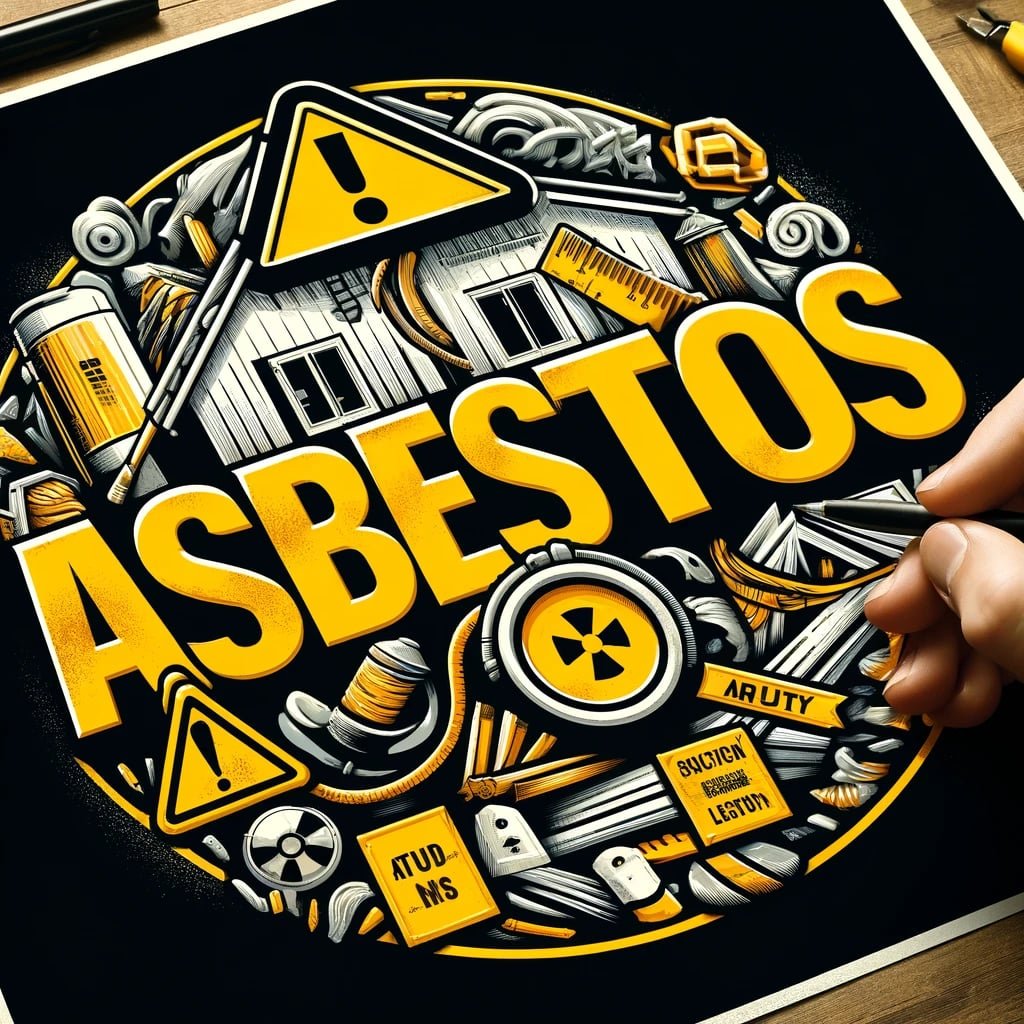Asbestos, once hailed for its fire-resistant properties and durability, has become infamous for its severe health risks. Found in many older buildings, this hazardous material poses significant dangers to human health, particularly when its fibers become airborne and are inhaled. Here, we delve into the various risks associated with asbestos, emphasizing the importance of proper handling and abatement.
1. Health Risks
Asbestosis:
-
Description: Asbestosis is a chronic lung disease caused by inhaling asbestos fibers. The fibers irritate and scar lung tissues, leading to symptoms such as shortness of breath, persistent cough, and chest pain.
-
Long-Term Effects: Over time, asbestosis can lead to severe respiratory issues and increased risk of lung infections.
Lung Cancer:
-
Description: Prolonged exposure to asbestos increases the risk of developing lung cancer. This risk is even higher for smokers who are exposed to asbestos.
-
Symptoms: Symptoms include persistent cough, chest pain, weight loss, and breathing difficulties.
Mesothelioma:
-
Description: Mesothelioma is a rare and aggressive cancer that affects the lining of the lungs, abdomen, or heart. It is almost exclusively caused by asbestos exposure.
-
Symptoms: Early symptoms can be vague and include chest pain, shortness of breath, and fatigue. As the disease progresses, symptoms become more severe.
Pleural Effusions:
-
Description: Asbestos exposure can lead to pleural effusions, which are abnormal buildups of fluid between the layers of the pleura (the lining of the lungs).
-
Impact: This condition can cause chest pain and difficulty breathing, and it often requires medical intervention to drain the fluid.
2. Environmental Risks
Airborne Contamination:
-
Description: When asbestos-containing materials are disturbed, the fibers can become airborne, leading to contamination of the surrounding air.
-
Impact: This is particularly dangerous in enclosed spaces, where inhaling even small amounts of asbestos fibers can pose significant health risks over time.
Soil and Water Contamination:
-
Description: Improper disposal of asbestos materials can lead to soil and water contamination. Asbestos fibers can persist in the environment, posing long-term risks to ecosystems and human health.
-
Impact: Contaminated soil and water can affect communities living near disposal sites and lead to broader environmental health concerns.
3. Occupational Risks
Construction and Demolition Workers:
-
Description: Workers in construction, demolition, and renovation are at high risk of asbestos exposure, especially when working in older buildings.
-
Safety Measures: It is crucial for employers to provide proper training, protective equipment, and adherence to safety regulations to minimize exposure.
Asbestos Abatement Professionals:
-
Description: Those who specialize in asbestos abatement face regular exposure risks. Despite their expertise, the nature of their work means they must follow stringent safety protocols.
-
Safety Measures: Using high-efficiency particulate air (HEPA) filters, wet methods to suppress dust, and proper containment strategies are essential to protect these workers.
4. Regulatory and Legal Risks
Non-Compliance Penalties:
-
Description: Failing to comply with asbestos regulations can lead to severe legal consequences, including hefty fines and lawsuits.
-
Impact: Non-compliance not only endangers public health but also exposes companies to significant financial and reputational damage.
Liability Issues:
-
Description: Companies that improperly handle asbestos may face lawsuits from workers or residents affected by asbestos-related diseases.
-
Impact: Liability issues can result in substantial legal costs, settlements, and long-term damage to a company’s reputation.
Conclusion
The risks associated with asbestos are profound and multifaceted, impacting health, the environment, and occupational safety. Proper awareness, stringent safety measures, and adherence to regulations are critical to mitigating these risks. Whether you are a homeowner, a construction worker, or an asbestos abatement professional, understanding these dangers and how to address them is essential in preventing the harmful effects of asbestos exposure. By prioritizing safety and compliance, we can protect ourselves and future generations from the insidious dangers of asbestos.



